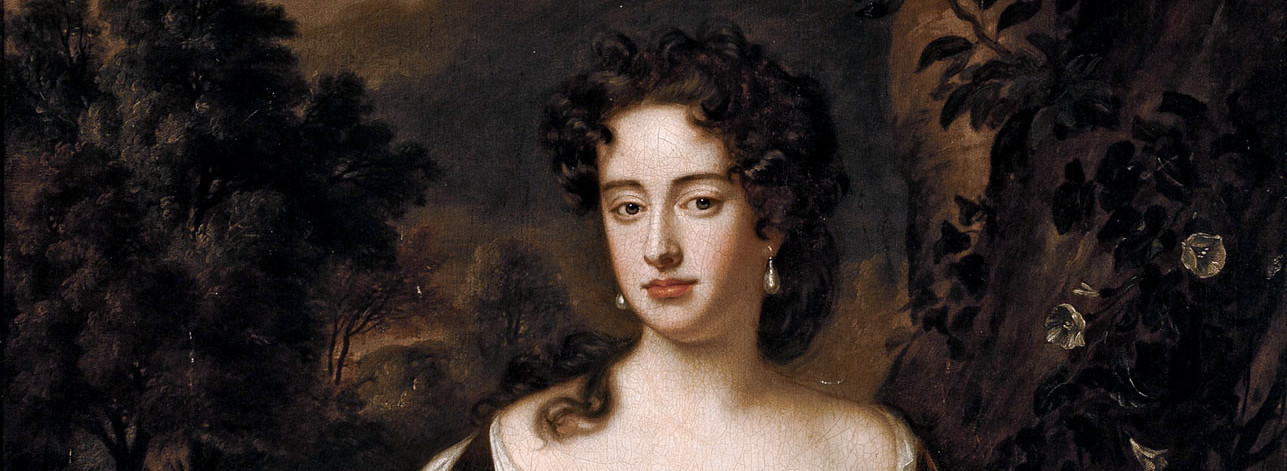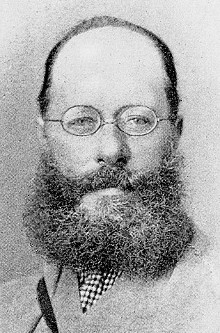In 2003 Carl Libis of Assumption College in Worcester, Mass., received this solution from a student in an algebra course:
(Via Ed Barbeau, “Fallacies, Flaws, and Flimflam,” College Mathematics Journal 34:1 [January 2003], 50-54.)
In 2003 Carl Libis of Assumption College in Worcester, Mass., received this solution from a student in an algebra course:
(Via Ed Barbeau, “Fallacies, Flaws, and Flimflam,” College Mathematics Journal 34:1 [January 2003], 50-54.)
South Korean artist Dain Yoon uses her face as a canvas for endlessly inventive illusions.
More on her Instagram page.
A striking scene from the coast of Massachusetts, summer 1894:
I was brought, from my sitting posture, down on the flat of my back. The force produced a motor disturbance of my head and jaws. My mouth made automatic movements; till, in a few seconds, I was distinctly conscious of another’s voice — unearthly, awful, loud, and weird — bursting through the woodland from my own lips, with the despairing words: ‘Oh! My People!’
The victim, Albert Le Baron, had for some time found himself talking involuntarily in a language he didn’t understand, a language he believed had some ancient or remote origin. He became convinced that he was conveying the words of dead speakers. That September, back in New York City, he received a similar communication from the “psycho-automatism,” with a translation:
I have seen all thy ways, O son of the Nile! I have heard all thy songs, O son of the Nile! I have listened to all thy woes, O son of the Nile! I have been with thee, O son of the Nile! I have been near thee when thy days were full of glory. I have been near thee when thy days were covered in sadness. I have heard thy voice, O son of Egypt! I have counted thy tears, O son of Egypt! I have heard thy voice of wailing, O son of Egypt! I have watched thee when thy men of might have flown; I have watched thee when thy glory has faded; I have watched thee when thy sun has set; I have watched thee, O son of the Nile! Thy tears have been my tears; thy joys have been my joys; thy woes have been my woes. O son of the Nile, I love thee! O son of the Nile, I love thee!
William James, who communicated all this to the Society for Psychical Research, wasn’t impressed. “I know no stronger example of the subjective sense of genius, or rather of positive inspiration, accompanying a subliminal uprush of absolutely meaningless matter,” he wrote. The whole article is here.
(Albert LeBaron, “A Case of Psychic Automatism, Including ‘Speaking With Tongues,'” Proceedings of the Society for Psychical Research 12 [1896-1897], 277-297.)
In 1924 the eccentric Lord Berners composed a “Funeral March for a Rich Aunt”:
The musical direction is Allegro giocoso — “fast and cheerful.”

Take any event — the death of Queen Anne, for example — and consider what changes can take place in its characteristics. That it is a death, that it is the death of Anne Stuart, that it has such causes, that it has such effects — every characteristic of this sort never changes. ‘Before the stars saw one another plain’, the event in question was the death of a queen. At the last moment of time — if time has a last moment — it will still be the death of a queen. And in every respect but one, it is equally devoid of change. But in one respect it does change. It was once an event in the far future. It became every moment an event in the nearer future. At last it was present. Then it became past, and will always remain past, though every moment it becomes further and further past.
— J.M.E. McTaggart, The Nature of Existence, 1927
(McTaggart argued that these varying properties of Anne’s death constitute a paradox. “Past, present, and future are incompatible determinations,” he wrote. “Every event must be one or the other, but no event can be more than one. … But every event has them all.” Hence time is unreal.)
On Aug. 7, 1905, magician David Devant premiered an effect that had occurred to him in a dream: A woman appears to vanish instantaneously from a bare stage.
Devant left behind a description of only 310 words explaining how he’d accomplished the illusion. He called it “the best I have ever done.” The lady descends into the floor, leaving behind the dress, supported by a tube covered with black velvet. The dress is pumped full of oil fog, and at the critical instant it’s whisked down through the tube, leaving (apparently) nothing but smoke hanging in the air.
The brief, blurry advertisement above, for Doug Henning’s 1983 Broadway musical Merlin, appears to be the only video online of this illusion. That’s a shame; it would be wonderful to see it more clearly. Devant’s partner John Nevil Maskelyne called it the “trickiest trick he had ever seen.”

In 1859, Edward Lear wrote a letter to Lord Carlingford entirely in hexameters:
Washing my rosecoloured flesh and brushing my beard with a hairbrush, —
— Breakfast of tea, bread, and butter, at nine o’clock in the morning,
Sending my carpet-bag onward I reached the Twickenham station,
(Thanks to the civil domestics of good Lady Wald’grave’s establishment,)
Just as the big buzzing brown booming bottlegreen bumblebizz boiler
Stood on the point of departing for Richmond and England’s metropolis.
I say — (and if ever I said anything to the contrary I hereby retract it) —
I say — I took away altogether unconsciously your borrowed white fillagree handkerchief;
After the lapse of a week I will surely return it,
And then you may either devour it, or keep it, or burn it,–
Just as you please. But remember, I have not forgotten,
After the 26th day of the month of the present July,
That is the time I am booked for a visit to Nuneham.
Certain ideas have arisen and flourished within me,
As to a possible visit to Ireland, — but nobody
Comes to a positive certainty all in a hurry:
If you are free and in London, next week shall we dine at the Blue Posts?
Both Mrs. Clive and her husband have written most kindly
Saying the picture delights them (the Dead Sea) extremely.
Bother all painting! I wish I’d 200 per annum!
Wouldn’t I sell all my colours and brushes and damnable messes!
Over the world I should rove, North, South, East and West, I would
Marrying a black girl at last, and slowly preparing to walk into Paradise!
A week or a month hence, I will find time to make a queer Alphabet,
All with the letters beversed and be-aided with pictures,
Which I shall give — (but don’t tell him just yet) to Charles Braham’s little one.
Just only look in the ‘Times’ of to-day for accounts of the ‘Lebanon!’
Now I must stop this jaw, and write myself quite simultaneous,
Yours with a lot of affection — the Globular foolish Topographer.
E.L.
Apparently he’d been reading Arthur Hugh Clough’s epistolary verse-novel Amours de Voyage. “The metre is the same,” noted Lady Strachey, editor of his letters, “and the imitation of the style is clever.”

In 1943 an isolated sledge patrol came upon a secret German weather station in northeastern Greenland. The discovery set off a series of dramatic incidents that unfolded across 400 miles of desolate coast. In this week’s episode of the Futility Closet podcast we’ll follow this arctic struggle, an often overlooked drama of World War II.
We’ll also catch some speeders and puzzle over a disastrous remedy.
Two years before he died, Lewis Carroll came up with a remarkable number-guessing game in which he’d send a volunteer through a long series of arithmetic manipulations, even allowing her to make some private decisions as to how to proceed. Along the way Carroll asked only three questions:
“Is the result odd or even?”
“Is the result odd or even?”
“How often does it go?”
And yet he would always be able to find the original number quickly. Here’s the procedure:
Think of a number (a positive integer).
Multiply by 3.
Multiply by 3.
Add 19 to original number you chose and append any digit, 0-9, to this number.
Add the previous result.
Divide by 7 and drop any remainder.
Divide by 7 again and drop any remainder, and tell me what result you get. (“How often does it go?”)
Here’s how to derive the number that was chosen originally:
Multiply the final answer by 4 and subtract 15. If the first answer was “even,” subtract 3 more, and if the second answer was “even,” subtract 2 more.
(Note: Carroll’s version contained an unfortunate flaw; the improvement given here was devised by Richard F. McCoart and includes a faster way to get the answer. See the article cited below. Carroll’s original appears in Morton N. Cohen’s Lewis Carroll, A Biography, 1995. Note too that the two “parity checks” above are identical, so the whole setup is easy to memorize and less bewilderingly complex than it’s intended to appear.)
(Richard F. McCoart, “Lewis Carroll’s Amazing Number-Guessing Game,” College Mathematics Journal 33:5 [November 2002], 378-383.)
This is remarkable — in 2014 ophthalmological neurologist Frederick Lepore showed this image to 100 migraine patients who experience a visual aura. (Click to enlarge.) 48 recognized it instantly.
“People are astonished,” Lepore told National Geographic. “They say, ‘Where did you get that?'”
He got it from English physician Hubert Airy, who had drawn his own aura in 1870, before the phenomenon was even understood.
(Via MetaFilter.)